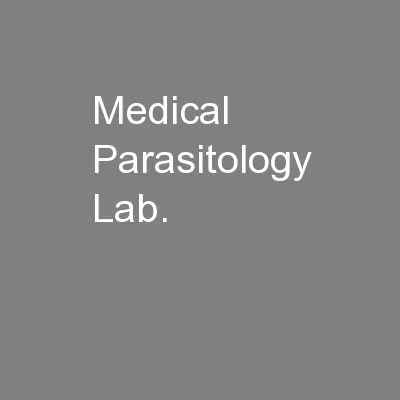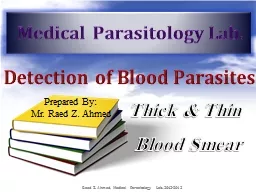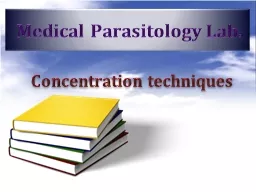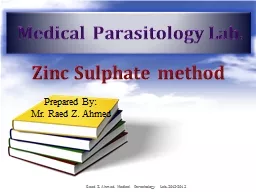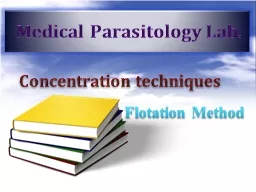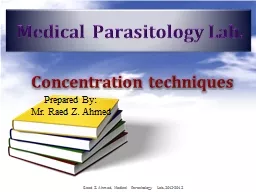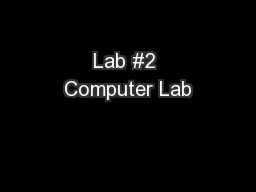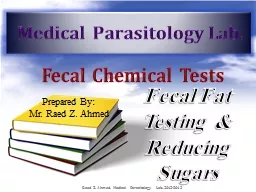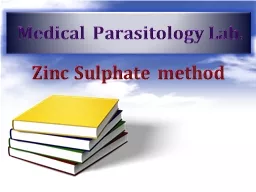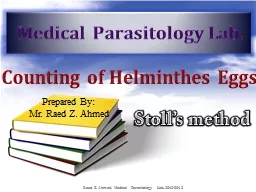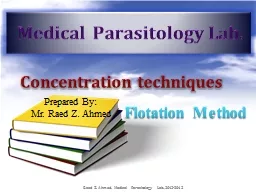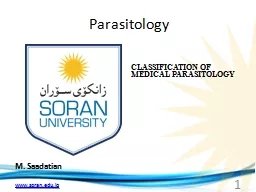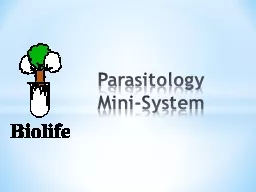PPT-Medical Parasitology Lab.
Author : alida-meadow | Published Date : 2016-06-13
Artifacts Raed Z Ahmed Medical Parasitology Lab2012 Definition Artifacts other things living or artificial present in the stool that are not parasites and could
Presentation Embed Code
Download Presentation
Download Presentation The PPT/PDF document "Medical Parasitology Lab." is the property of its rightful owner. Permission is granted to download and print the materials on this website for personal, non-commercial use only, and to display it on your personal computer provided you do not modify the materials and that you retain all copyright notices contained in the materials. By downloading content from our website, you accept the terms of this agreement.
Medical Parasitology Lab.: Transcript
Download Rules Of Document
"Medical Parasitology Lab."The content belongs to its owner. You may download and print it for personal use, without modification, and keep all copyright notices. By downloading, you agree to these terms.
Related Documents

